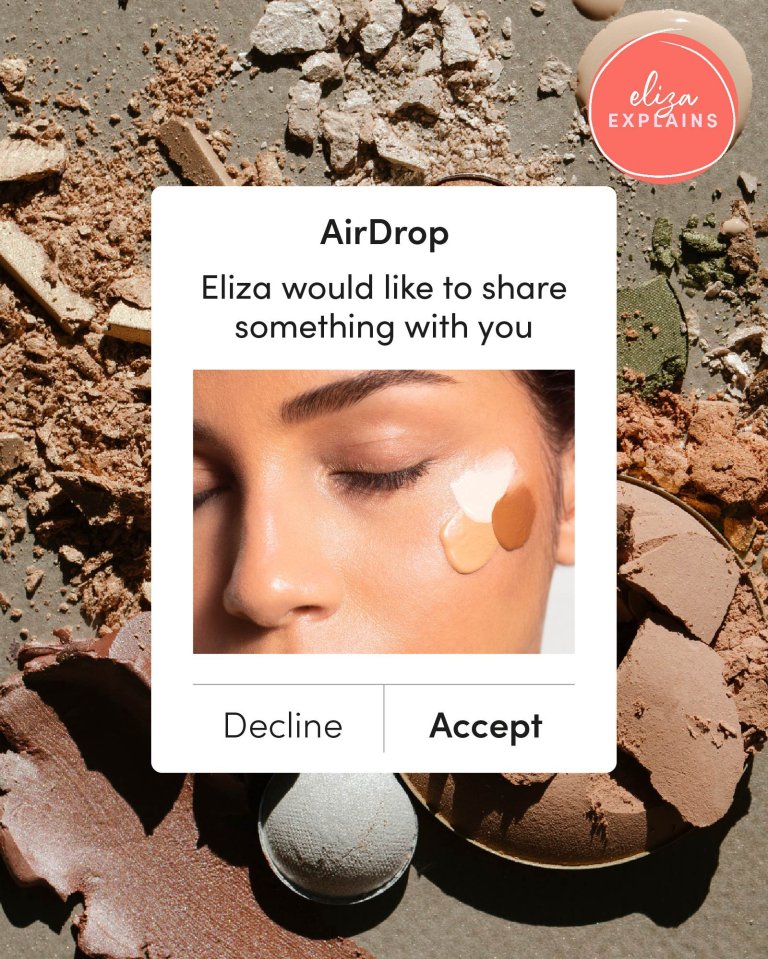Demystifying ingredients, clarifying how to apply products and revealing everything you’ve always wanted to know about skin types; Eliza Explains will help you become a beauty pro.
If like me you suffer with acne-prone skin, then I’m sure somewhere along the line a dermatologist or expert has probably mentioned the words ‘non-comedogenic makeup’ to you. And let me guess: the different ingredients they mentioned confused you even more.
Well, I’ve been there too. Trying to make sense of what products to use and which brands to trust is a hard one, especially when you can’t believe everything you read online. And let’s not forget, seeing a dermatologist costs an arm and a leg (just like everything else these days!).
So, to help you understand the proper meaning behind non-comedogenic and comedogenic ingredients, together with which makeup brands and products you can rely on, I’ve put together a guide to help explain everything you need to know. And guess what? It’s completely free of charge.
What is non-comedogenic makeup?
Essentially, the difference between comedogenic and non-comedogenic makeup is that one (the former) contains ingredients that can cause comedones (white heads), also known as blocked pores, and the other (the latter) doesn’t. If you have acne-prone skin, blocked pores can lead to more breakouts, so it’s important to use non-comedogenic makeup.
The main comedogenic ingredients to look out for in inkey lists are cocoa butter, lanolin, coconut oil, beeswax, talc, wheat germ oil and decyl oleate. This full list is super useful and definitely worth checking out.
Ideally, it’s best to use products which are 100% non-comedogenic, however if you absolutely can’t part with a particular foundation that you love and it only has one comedogenic ingredient, then it’s still better than using something that has lots. It also depends on the severity of your acne; don’t forget, you know your skin better than anyone else.
Why should you opt for non-comedogenic products?
The science behind comedogenic products and how they cause spots is actually very simple. Instead of being absorbed by your skin, these ingredients get stuck in your pores. They exacerbate breakouts and can later lead to the formation of inflammatory acne, such as redness and cysts.
Don’t get me wrong though, using non-comedogenic makeup won’t stop acne, but it will help reduce your breakouts. The clearer your pores, the clearer your skin.
I now use all non-comedogenic makeup products, and on top of taking care of my skin through properly cleansing and using dermatologist recommended skincare, I’ve seen a real improvement in how often I get breakouts.
How to tell if a product is non-comedogenic
By doing a simple Google search, lots of products show up as being non-comedogenic, but your best bet is viewing the ingredients section under each product. I’ve purchased products after a quick search, and they’ve ended up including a few comedogenic ingredients, so it’s always better to do your research.
There are also pore clogging ingredients checkers, where you simply type in the ingredients of a product and the calculator highlights any potentially problematic ones.
If you’re physically trying out a product in store, make sure to check the ingredients on the back of any packaging or double check with someone.
The best non-comedogenic makeup to shop now
Foundations:
I personally think the foundation you choose to wear is the most important part of a non-comedogenic routine. It sits on your entire face all day, so a skin-friendly option is vital for acne-prone skin.
I’ve been using Nars Light Reflecting Foundation, £35.10, LookFantastic, for years and have recently switched to Giorgio Armani Luminous Silk Foundation, £40, LookFantastic, which I absolutely love. I haven’t had any breakouts from this so far.
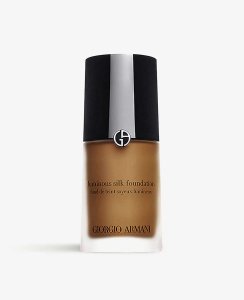
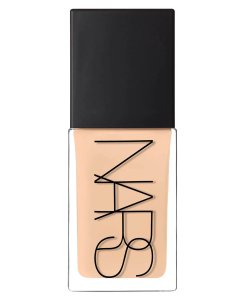
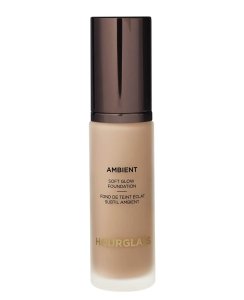
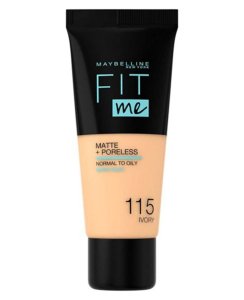
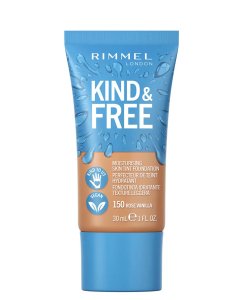
*Eliza may earn commission on sales from these product links
Concealers:
A concealer is as important as foundation if you use it to cover spots and blemishes. The last thing you want is your concealer to include comedogenic ingredients that will anger your breakouts even more. I swear by Merit The Minimalist Perfecting Complexion Stick, £40, and Nars Radiant Creamy Concealer, £26, LookFantastic.
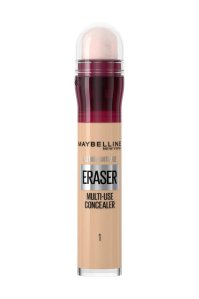
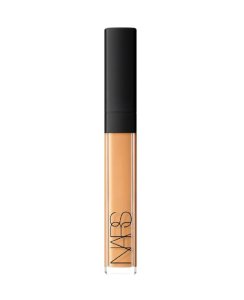
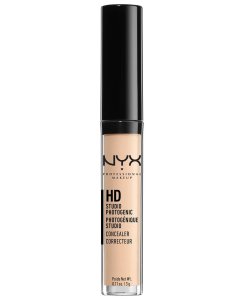

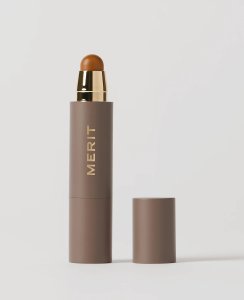
*Eliza may earn commission on sales from these product links
Blush:
I like to use a mixture of powder and liquid blusher, so I use Beauty Pie Supercheek Shimmer Elastic Powder Blush, £13, LookFantastic, during the day and at night I reach for Charlotte Tilbury Matte Beauty Blush Wand, £30. I always enjoy trying different types of blush though, and new products can cause my skin to breakout so I always have to make sure any new additions are non-comedogenic.
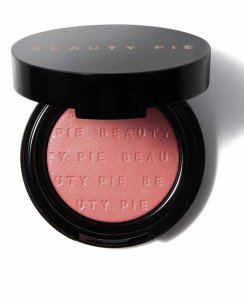
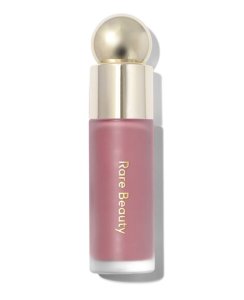
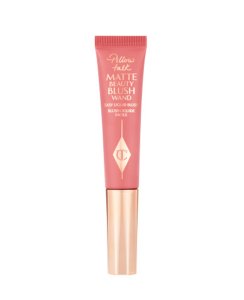

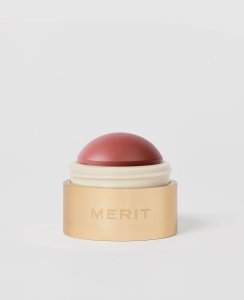
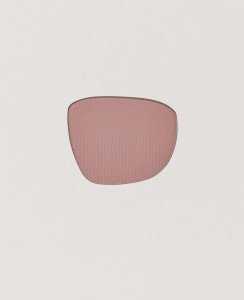
*Eliza may earn commission on sales from these product links
Bronzers:
It’s a similar story with bronzers. There are balms, powders and liquids to consider and again I use a range. Victoria Beckham Bronzing Brick, £56, is my favourite, along with Jones Road The Bronzer, £32, for daytime makeup.
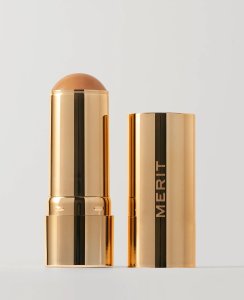
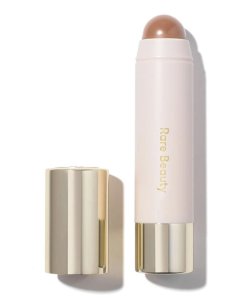
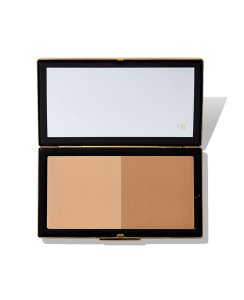
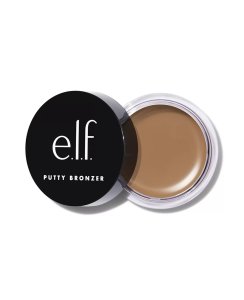
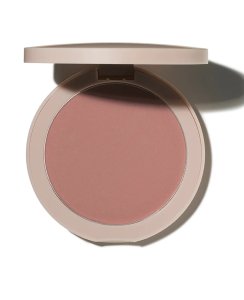
*Eliza may earn commission on sales from these product links
Highlighters:
My skin is naturally quite shiny and I have a combination skin type, so it can be oily at times. Because of this, I only really use a very little amount of highlighter on the top of my cheek bones and brow bones. I’ve been using Vieve Skin Dew Highlighter, £19, which hasn’t had any adverse effects on my skin.
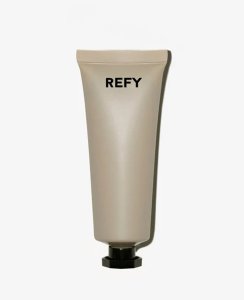
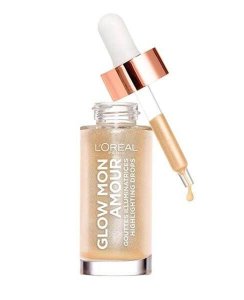
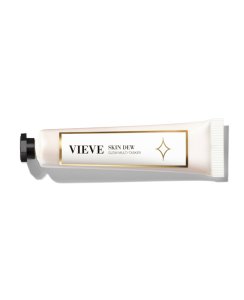
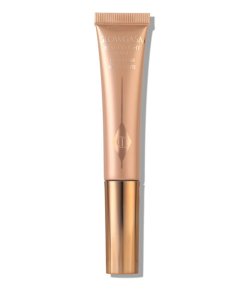

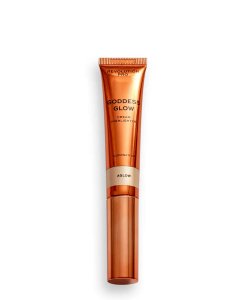
*Eliza may earn commission on sales from these product links
